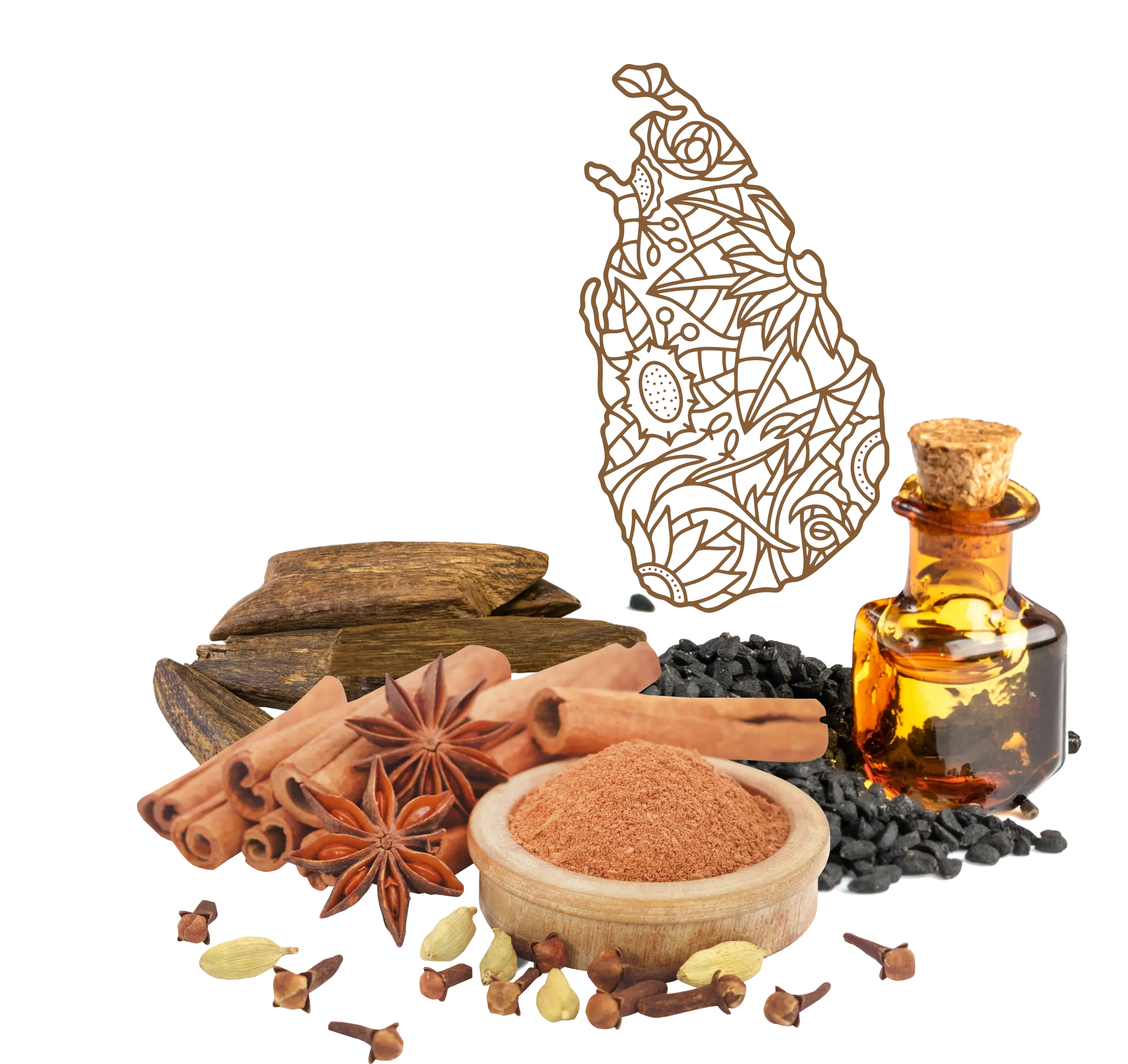
Sri Lankan Spices: Traditional Knowledge & Rare Aromatics
Explore the journey of Ceylon’s spices and rare botanicals—from ancient trade routes to global culinary and medicinal fame. Dive into regions, traditions, and hidden treasures of this Spice Island.
Sri Lanka's Botanical Landscape
Geography, Microclimates & Biodiversity
Sri Lanka, often referred to as the "Spice Island of the Indian Ocean," is endowed with a wide spectrum of agro-climatic zones. These range from humid rainforests and misty hill terrains to sun-drenched dry zones, allowing a broad variety of spices to flourish. The unique geographic position of the island, coupled with its rich volcanic soil and monsoonal climate, supports the cultivation of high-quality Ceylon cinnamon, black pepper, cardamom, turmeric, and clove. Traditional home gardening systems known as "Kandyan Forest Gardens" continue to protect biodiversity while sustaining livelihoods. This deeply rooted indigenous agricultural knowledge positions Sri Lanka as a sustainable and biodiversity-rich spice producer in the global market.
Heritage of Ceylon Spices
From Ancient Trade to Global Desirability
The legacy of Sri Lankan spices is deeply woven into the tapestry of global trade history. As early as 1500 BCE, Ceylon cinnamon was shipped to Egypt for embalming rituals. With the expansion of maritime trade, Arabs, Greeks, and Chinese traders flocked to Sri Lanka to obtain cloves, nutmeg, and cardamom. The island's rich spice bounty sparked the interest of colonial powers—first the Portuguese, followed by the Dutch and British—who fought to control the cinnamon trade. The term "Ceylon Cinnamon" became synonymous with purity and superiority. These historical milestones not only highlight Sri Lanka’s strategic significance in the ancient spice route but also underscore its continued dominance in global spice exports today.
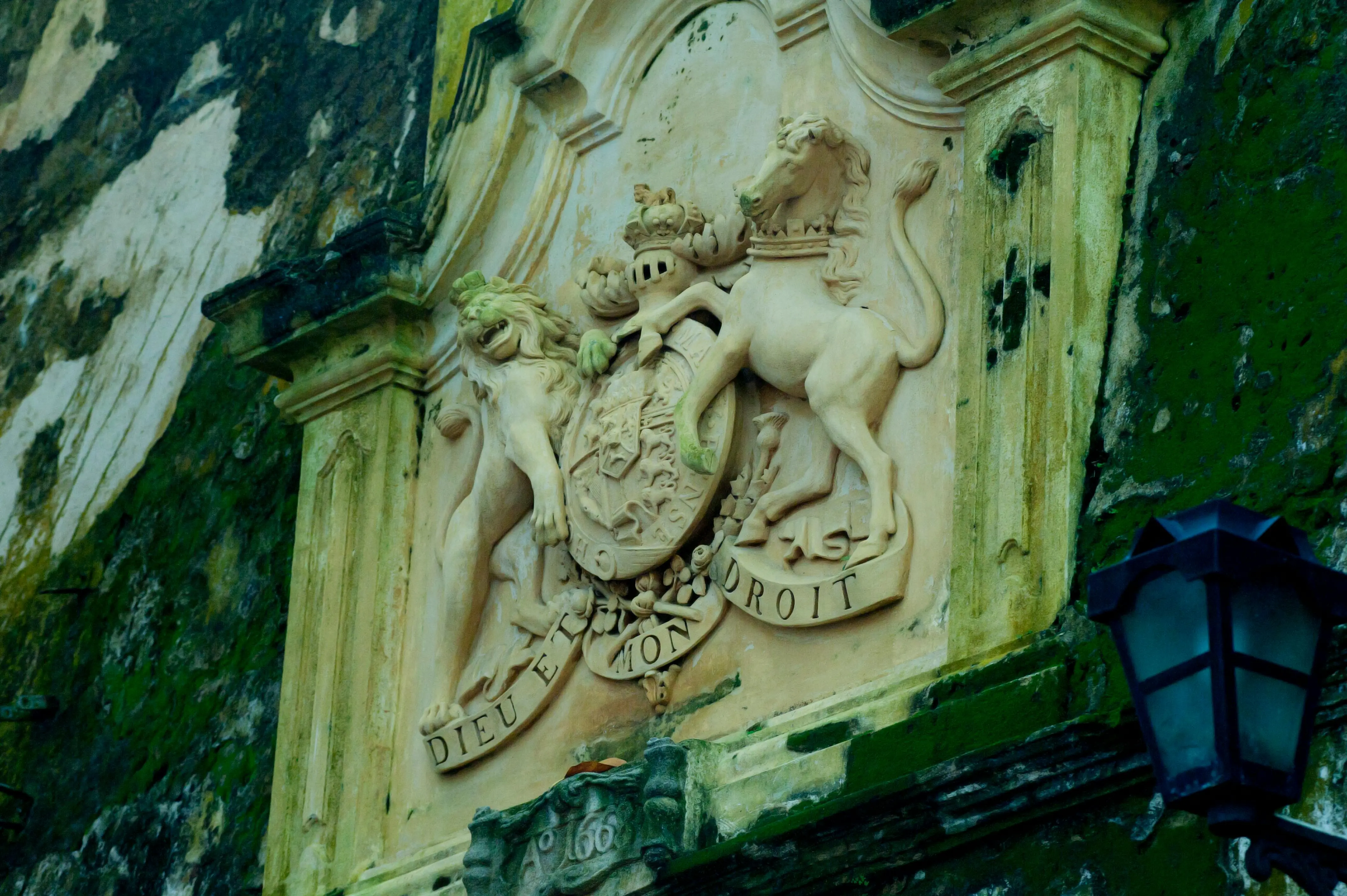
Spice Regions of Sri Lanka
Central Highlands
Central Highlands
The Central Highlands of Sri Lanka—comprising districts like Kandy, Matale, and Nuwara Eliya—offer cool temperatures and well-drained loamy soils, ideal for cultivating premium spices such as Ceylon cinnamon, black pepper, and green cardamom...
Southern Wet Zones
Southern Wet Zones
Regions like Galle, Matara, and Ratnapura in the southern wet zone are blessed with abundant rainfall and rich organic soils. These lands support the cultivation of clove, nutmeg, turmeric, and ginger...
North & East
North & East
While less humid, the Northern and Eastern provinces are emerging spice hubs with specialized dry-zone agriculture. Regions such as Batticaloa, Trincomalee, and Vavuniya are increasingly cultivating lemongrass, chillies, and turmeric...
Key Spices of Ceylon
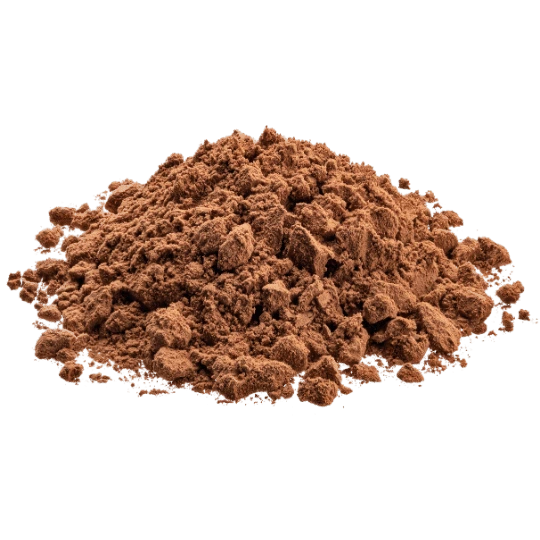
Ceylon Cinnamon
Kurundu | Cinnamomum verum
Renowned as "True Cinnamon," Ceylon Cinnamon is one of Sri Lanka’s most prestigious spice exports. With its delicate flavor, soft quills, and low coumarin content, it’s preferred for culinary and medicinal use globally. Cultivated primarily in the southern coastal belt, Ceylon Cinnamon is carefully harvested and sun-dried by skilled artisans. Its antibacterial, antioxidant, and anti-inflammatory properties make it a staple in traditional Ayurvedic healing and global herbal products.
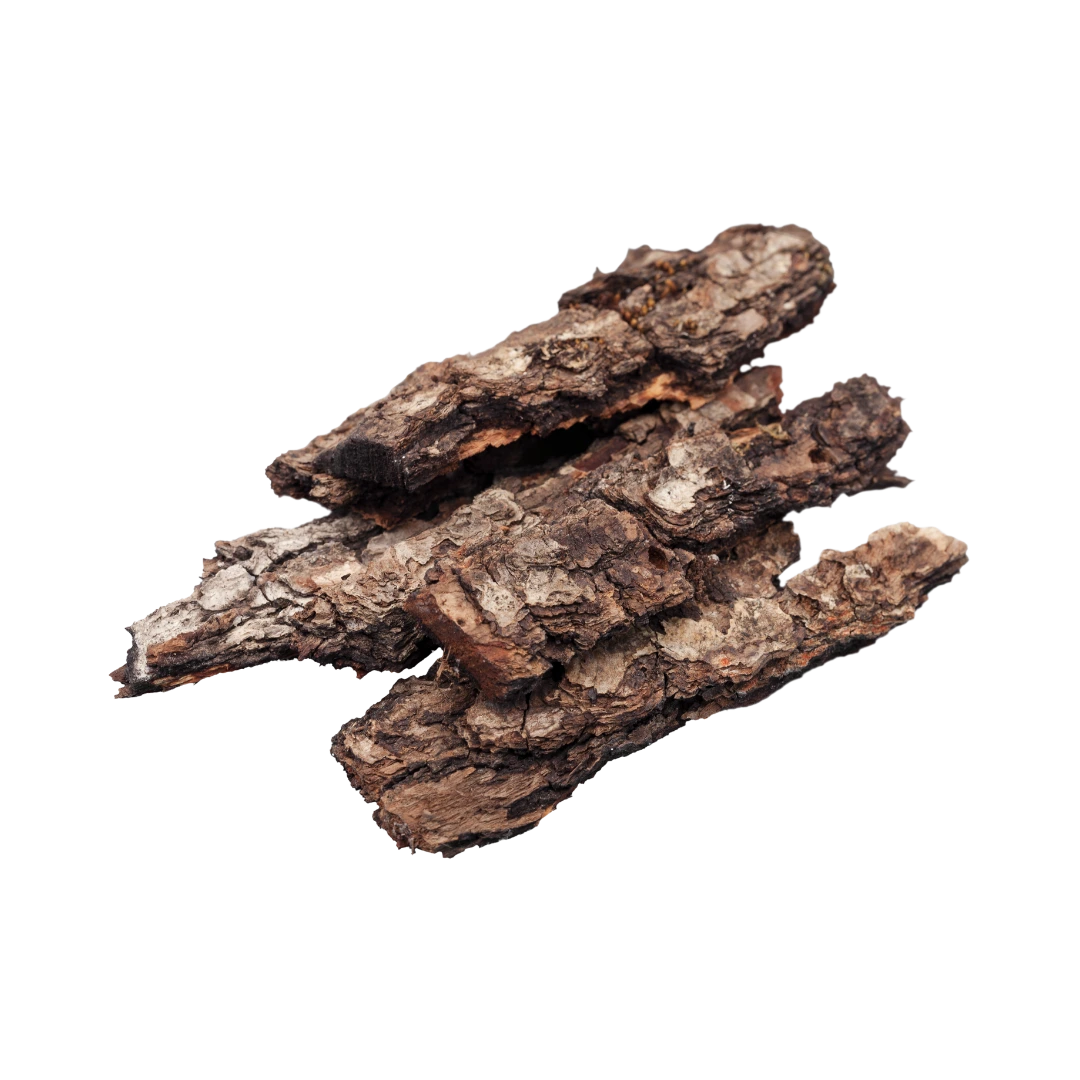
Agarwood (Walla Patta)
Walla Patta | Gyrinops walla
Agarwood, or Walla Patta, is one of Sri Lanka’s rarest and most luxurious botanicals. This dark, resin-rich wood is formed within the heart of Gyrinops walla trees when naturally infected by a specific fungus. Sri Lankan agarwood is sustainably cultivated in forest-friendly plantations and valued for its use in oud oil, perfumery, incense, and spiritual rituals. Its deep woody aroma, high resin yield, and CITES-regulated harvesting make it a prized ingredient in global luxury fragrance and wellness industries.
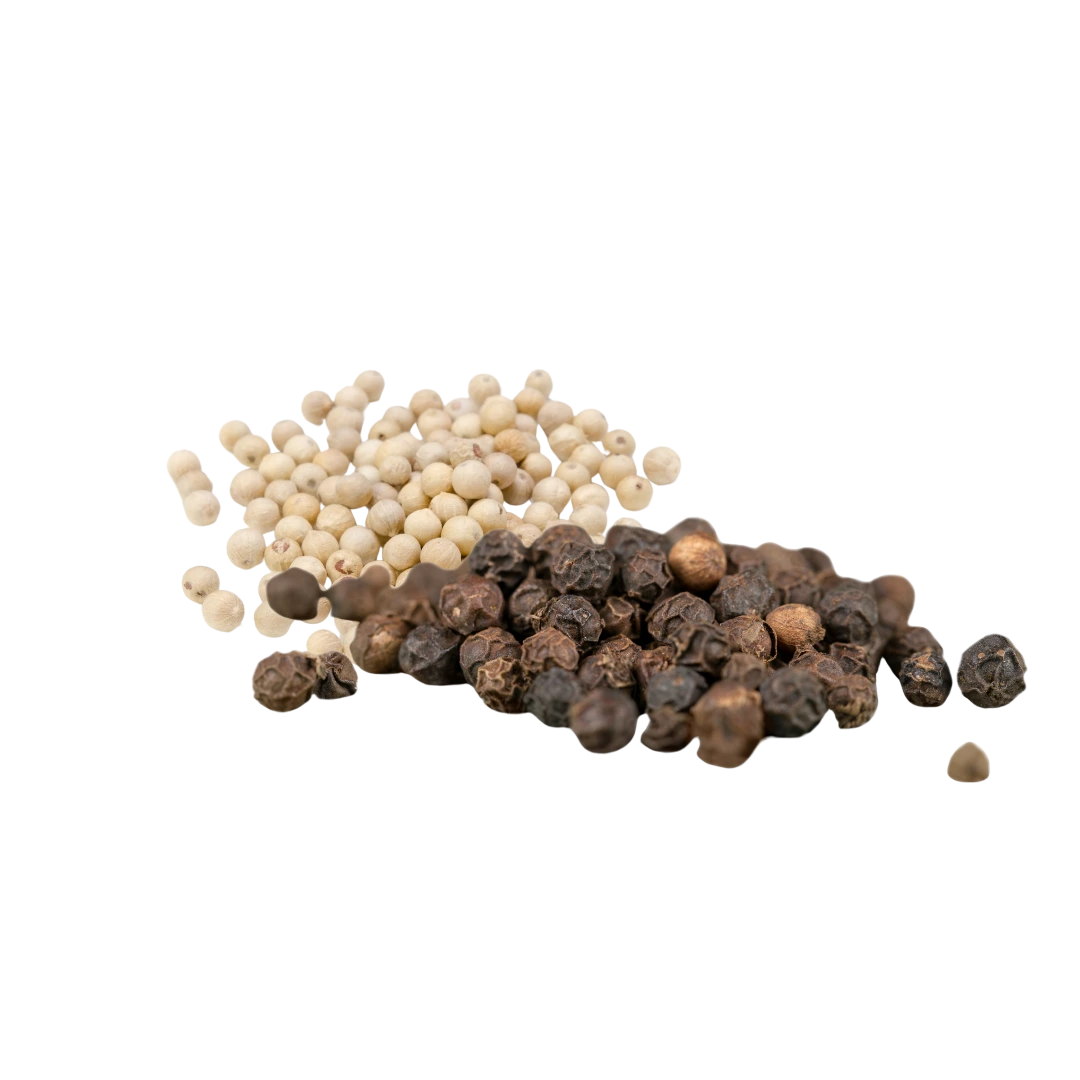
Black Pepper
Gam Miris | Piper nigrum
Often called the "King of Spices," Sri Lankan black pepper is bold and aromatic with a high piperine content that enhances both flavor and bioavailability of nutrients. Grown in the hilly mid-country, Sri Lankan pepper is widely used in global cuisines and spice blends. The berries are sun-dried and processed to preserve their pungency, making them suitable for culinary, nutraceutical, and cosmeceutical applications.
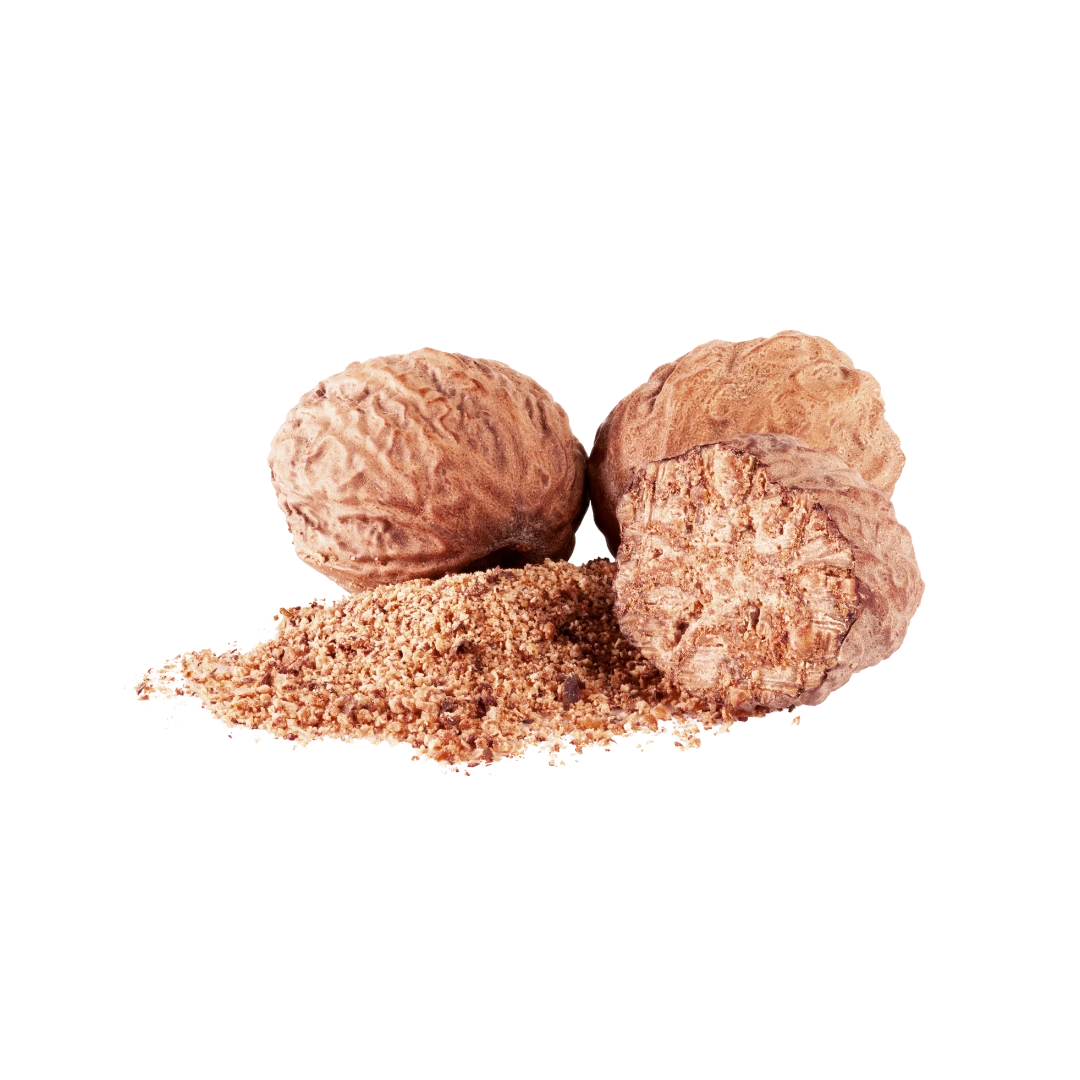
Nutmeg & Mace
Sadikka & Wasawasi | Myristica fragrans
Nutmeg and mace come from the same fruit—nutmeg being the seed, and mace the red aril around it. Cultivated in wet zones like Matale and Kegalle, these spices are known for their warm, sweet aroma. Rich in essential oils, they are used in both sweet and savory dishes and are known to aid digestion, enhance mood, and promote detoxification. Their historical use in ancient spice trade routes adds to their value today.
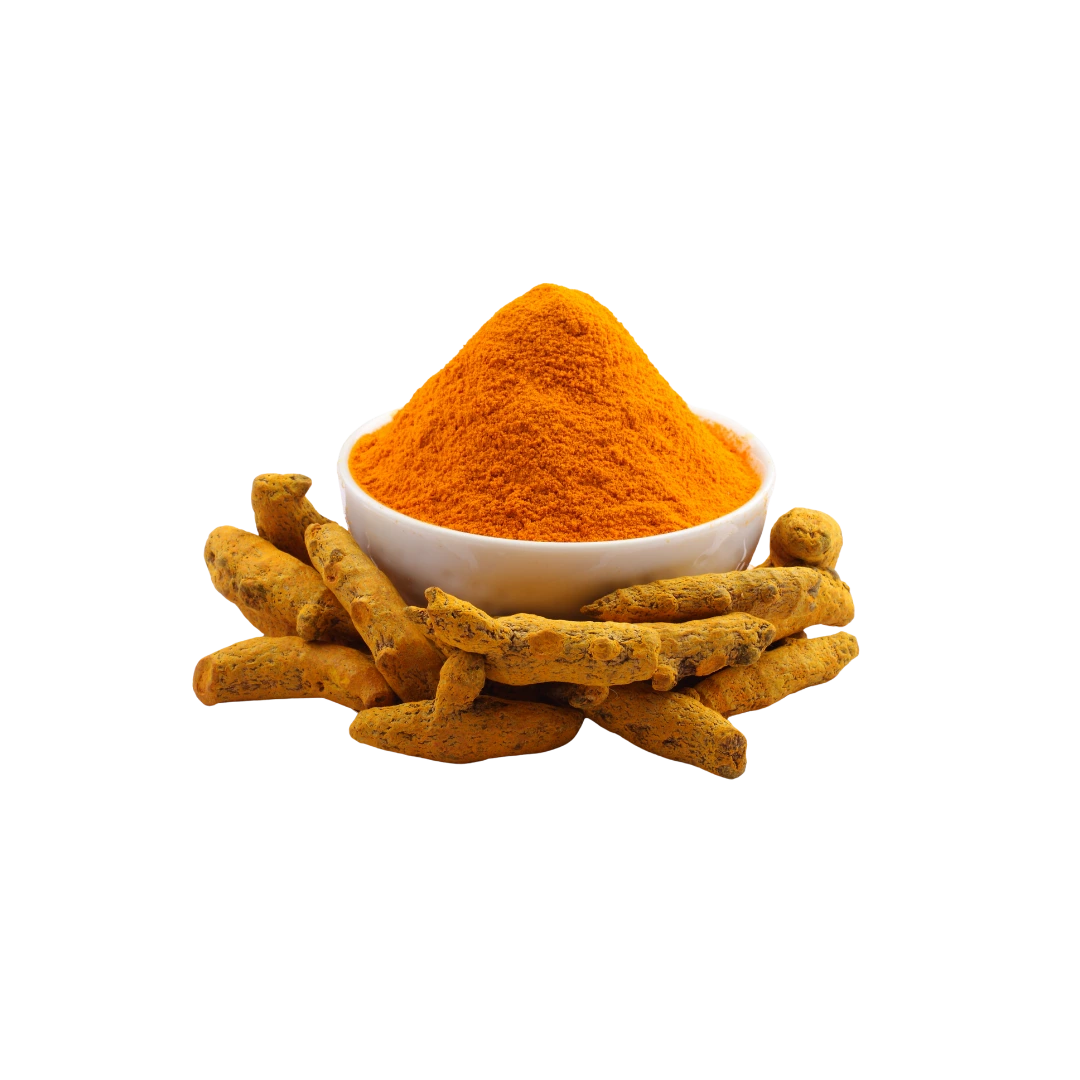
Turmeric
Kaha | Curcuma longa
Sri Lankan turmeric, prized for its deep yellow color and earthy aroma, is cultivated in both wet and intermediate zones. Traditionally used in rituals and weddings for its purifying qualities, turmeric is a key ingredient in curry powders, herbal teas, and beauty products. Its active compound, curcumin, is celebrated for anti-inflammatory, antimicrobial, and antioxidant benefits.
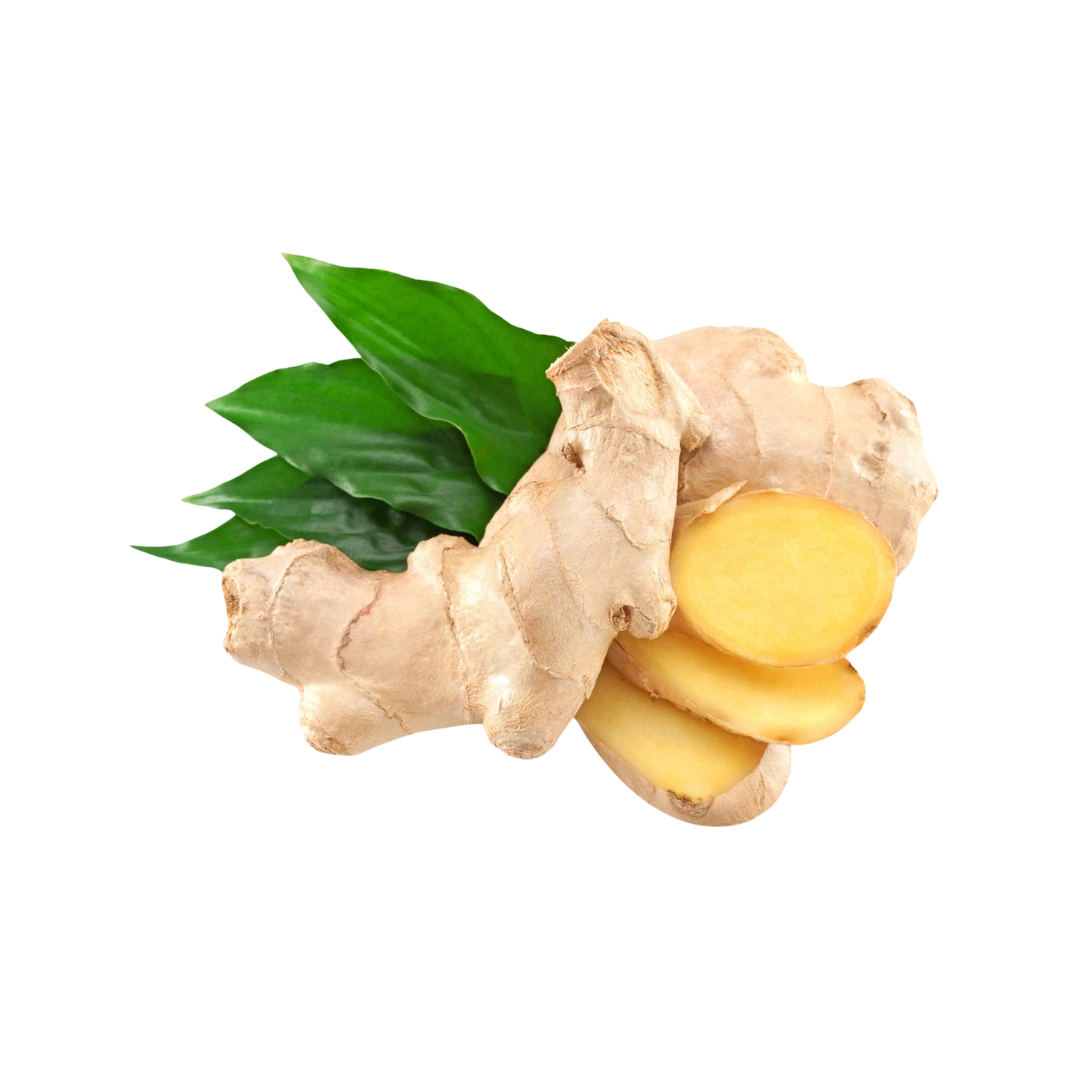
Ginger
Inguru | Zingiber officinale
Ginger is widely cultivated across Sri Lanka in mixed gardens and spice plots. Known for its warming effect and zesty pungency, Sri Lankan ginger is used in a variety of applications—from herbal drinks and confectionery to Ayurvedic medicine and cosmetics. Its gingerol content helps treat nausea, respiratory issues, and inflammation.

Lemongrass
Sera | Cymbopogon citratus
Aromatic and fresh, lemongrass is widely used in herbal infusions, essential oils, and culinary flavorings. Cultivated mainly in dry zones of the island, it serves as a mosquito repellent and antimicrobial agent. Sri Lankan lemongrass oil is a key ingredient in soaps, lotions, teas, and natural cleaning products, offering a citrusy fragrance and therapeutic properties.
Agarwood (Walla Patta) – Sri Lanka’s Scented Treasure
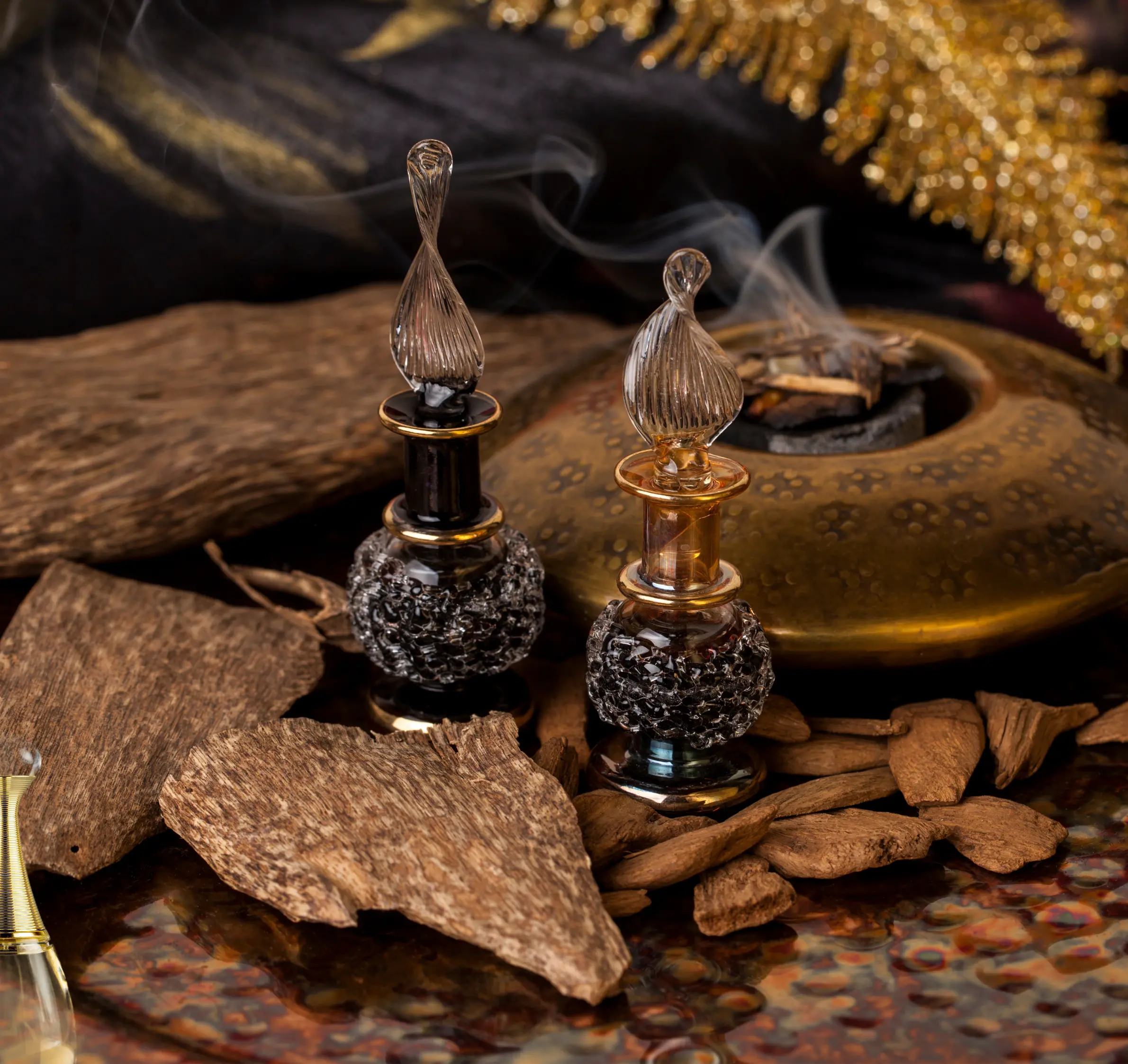
What Makes It Rare?
Agarwood, known locally as Walla Patta, is a resinous heartwood formed when Gyrinops walla trees are naturally infected by a specific fungus. Found only in select forest regions of Sri Lanka, this wood produces oud oil—an aromatic extract prized across the Middle East and Asia for its deep, rich scent. Sri Lankan agarwood is highly valued due to its purity and natural resin formation, which avoids synthetic inoculation. The extraction process is labor-intensive and involves slow steam distillation to preserve quality. With CITES protection and export regulations in place, Walla Patta is now cultivated under ethical and sustainable forestry models, making Sri Lanka a responsible supplier of premium agarwood oil globally.
Glossary: Spice Names & Botany
| Spice | Local Name | Botanical |
|---|---|---|
| Cinnamon | Kurundu (කුරුඳු) | Cinnamomum verum |
| Black Pepper | Gam Miris (ගම් මිරිස්) | Piper nigrum |
| Cardamom | Enasal (ඇනසල්) | Elettaria cardamomum |
| Clove | Karabu Nati (කරාබු නටි) | Syzygium aromaticum |
| Nutmeg | Sadikka (සදික්කා) | Myristica fragrans |
| Mace | Wasawasi (වසාවසි) | Myristica fragrans (aril) |
| Turmeric | Kaha (කහ) | Curcuma longa |
| Ginger | Inguru (ඉඟුරු) | Zingiber officinale |
| Lemongrass | Sera (සේර) | Cymbopogon citratus |
| Agarwood | Walla Patta (වල්ල පට්ට) | Gyrinops walla |
Explore More from CeylonSpizee
Looking to deepen your understanding of Sri Lankan spices, export policies, and sourcing guides? Discover our curated articles below, crafted for global buyers, culinary brands, and herbal wellness advocates.



